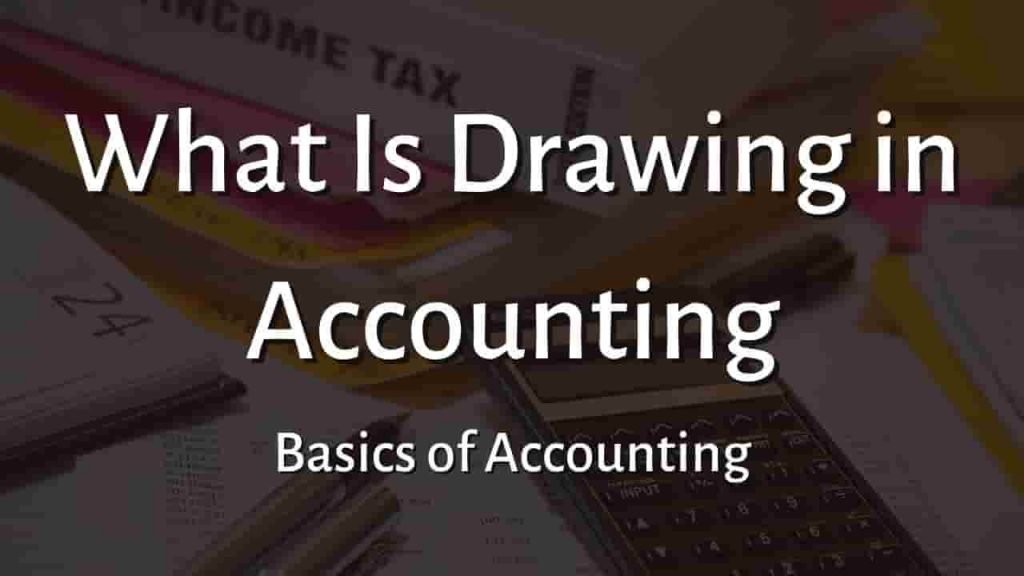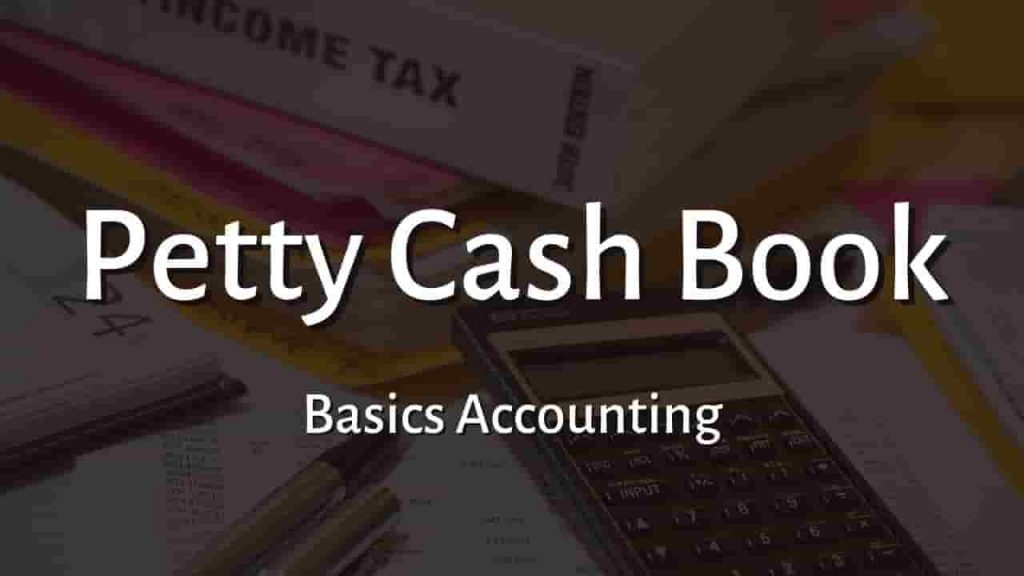What is the Time Value of Money
The Time Value of Money provides an overview of the data needed to determine the future and present values of individual cash flows, ordinary annuities, due perpetuities, and investments with irregular cash flows. TVM is based on the idea that a dollar earned today is worth more than a dollar earned in the future.
Time Value of Money Formula
The time value of the money formula may vary slightly depending on the specific scenario at hand. In the case of annuity or perpetuity payments, for example, the generalized formula may include extra or fewer elements. However, in general, the simplest basic TVM formula considers the following variables:
FV = PV x [ 1 + (i / n) ] (n x t)
FV is an abbreviation for Future Value of Money.
PV is an abbreviation for Present Value of Money.
i is the interest rate
n is the number of compounding periods each year, and t denotes the number of years.
Time Value of Money Example
Assume a $10,000 investment is made for a year at a 10% interest rate. That money’s future value is:
FV = $10,000 x [1 + (0.1 / 1)] ^ (1 x 1)
= $11,000
The formula can also be adjusted to calculate the present-day value of the future amount. For instance, the value of $5,000 one year from now, compounded at 7% interest, is:
PV = $5,000 / [1 + (0.07 / 1)] ^ (1 x 1)
= $4,673
Today’s money is worth more because you can invest it and receive interest on it. After all, you should be compensated for not spending. This article is divided into the following sections, each of which will be discussed in depth:
1. PRESENT VALUE
2. FUTURE VALUE
3. ANNUITIES
4. PERPETUITY
Present Value
The nominal amount of money that will change hands at some future date, discounted to account for the time value of money, is the present value of a future cash flow. A given sum of money is usually more valuable sooner rather than later since it allows for investment opportunities.
To calculate present value, we multiply expected payoffs by the rate of return given by comparable capital market investment options. The discount rate, hurdle rate, or opportunity cost of capital are all terms used to describe this rate of return. The present value is computed as follows:
If the opportunity cost is 5% and the expected payoff is $200,000, the present value is calculated by using the following:
PV = 200,000 / 1.05 = $190,476
Future Value
Future value is the amount of money that will be worth at a specific period in the future under a certain interest rate. This is used in calculating the time value of money.
To calculate future value (FV) without compounding, use the following formula:
FV= PV x (1+rt)
Where PV denotes the present value or principal, t is the time in years, and r denotes the annual interest rate.
To calculate future value if interest has been compounded
FV= PV x (1+i)n
Where PV represents the present value, n represents the number of compounding periods, and i is the interest rate for each period.
The following is the connection between i and r:
i = r / X
Where X is the number of periods in a year. X Equals 1 if interest is compounded yearly. X = 2 if interest is compounded semiannually. X Equals 4 if interest is compounded quarterly. X = 12 if interest is compounded monthly, and so on. Except for compounded continuously, which must be handled using exponential, this works for everything.
Similarly, n and t have the following relationship:
n = T ・ X
For Example, with a ten percent interest rate, what is the future worth of one money unit in one year? The number of time periods is one, the discount rate is 0.10, the present value is one unit, and the solution is 1.10 units. It should be noted that this does not imply that the owner of 1.00 unit will automatically have 1.10 units in one year; rather, having 1.00 unit today is comparable to having 1.10 units in one year.
Annuity
An annuity is a yearly sequence of equal financial payments. Annuities can be equal to yearly deposits, withdrawals, payments, or receipts. The objective is to have annual cash flows that are equal. Annuities operate in the following manner.
Example:
Assume a $100 yearly investment at the end of the year generating 5% interest for three years.
Year 1: $100 deposit at the end of the year = $100
Year 2: $100 × 0.05 = $5.00 + $100 + $100 = $205.00
Year 3: $205 × 0.05 = $10.25 + $205 + $100 = $315.25
There are tables that may be used to work with annuities. The table Future Value of Annuity Factors is used to calculate annuities due. Simply look up the right number of periods, get the suitable interest, then multiply the factor obtained by the value of the annuity.
For example, consider a three-year 5% interest annuity of $100 each year. Going down three years, out to 5%, a factor of 3.152 is obtained. Multiplying that by the $100 annuity provides a future value of $315.20.
Perpetuity
Perpetuity is defined as a cash flow with no fixed time horizon.
For example, if someone were given a cash flow of $400 each year until they died, that would be considered perpetuity. To calculate the present value of a perpetuity, just multiply the yearly return in dollars by the proper discount rate.
The following formula can be used to calculate the present value of perpetuity:
Present value of perpetuity=C➗r
Where C is the yearly return in dollars and r represents the discount rate.
For example, if someone was guaranteed a cash flow of $400 per year until they died and could make 6% on other assets of comparable quality, the perpetuity would be worth $6,666.67 in present value terms.
Present value of perpetuity = 400 ➗.06
= $6,666.67
Why Time Value of Money is Important?
Since inflation continually erodes the value of the currency, and therefore its buying power. When investing money, you must consider inflation and purchasing power because to calculate the actual return on investment, you must deduct the rate of inflation from the percentage return you make on your money. If the rate of inflation is higher than the rate of return on your investment, even if the nominal return is positive, you are potentially losing money in terms of purchasing power.
So the time value of money is important because it will help direct investment decisions. For Example, An investor has a choice between two projects: Project X and Project Y. Both ventures have similar outlines, with the exception that Project X promises a $2 million cash payout in year one, while Project Y promises a $2 million cash payout in year five.
If the investor does not understand the time value of money, he or she will conclude that both projects are equally attractive. However, due to the higher current valuation of Project X’s $2 million payoff, the period of money determines that Project X is more appealing than Project Y.
Conclusion
In conclusion, the time value of money is one of the most important concepts in finance. This principle states that a dollar received today is worth more than a dollar received tomorrow. The reason for this is that money has the ability to earn interest over time. This makes the present value of money higher than the future value. This principle is used in many different areas of finance, including investment and retirement planning.
What is the Time Value of Money?
The time value of money is the idea that money available at present is worth more than the same amount of money available in the future. This is because the money available now can be invested and earn interest, while money available in the future cannot.
What is the time value of money and why is it important?
The time value of money is the idea that money available today is worth more than the same amount of money available in the future. This is because you can use money today to invest and earn interest, whereas you can’t do that with money that’s in the future. The time value of money is important because it helps us make financial decisions about things like saving for retirement or taking out a loan.
What are the 3 main reasons for the time value of money?
The three main reasons for the time value of money are the potential for earning interest, the potential for inflation, and the opportunity cost of waiting. All of these factors suggest that a dollar today is worth more than a dollar tomorrow.
What are the factors affecting the time value of money?
The time value of money is determined by a number of factors, including:
1. The amount of money involved.
2. The length of time until the money is received or paid out.
3. The rate of return available on other investments.
We also have:
What is Inventory in Accounting?
For more click here and if you are looking for full forms of different acronyms and words then check out this list you really gonna find this helpful. We also have an Essay on every topic, Check the complete list here. If you are Studying in Matric Free Video Lectures of Maths, Physics and English are here, and we have got you covered for I.COM Business Maths also.







